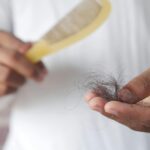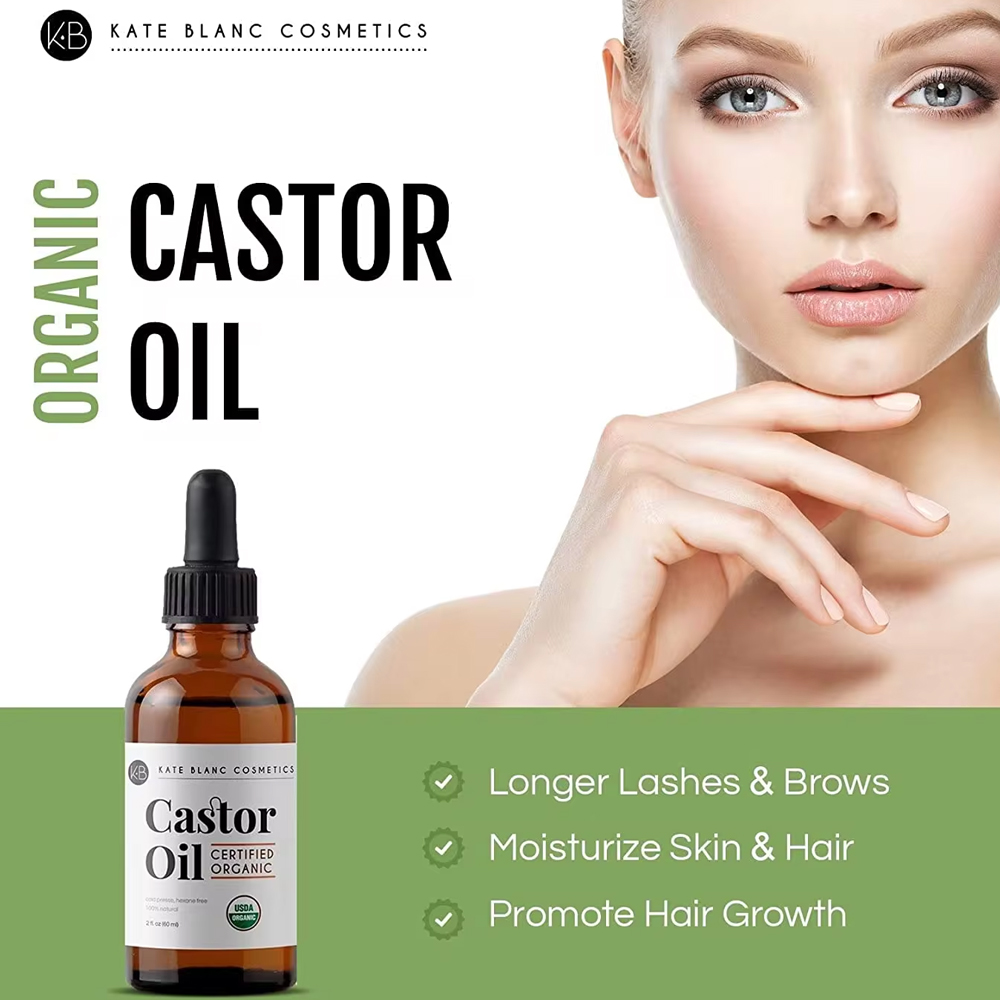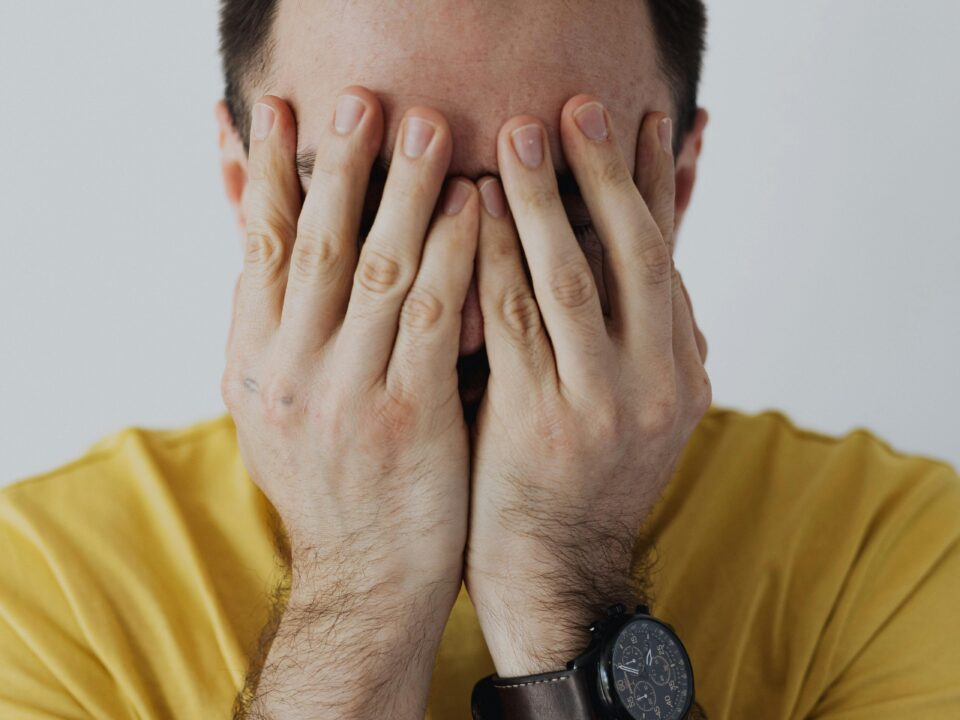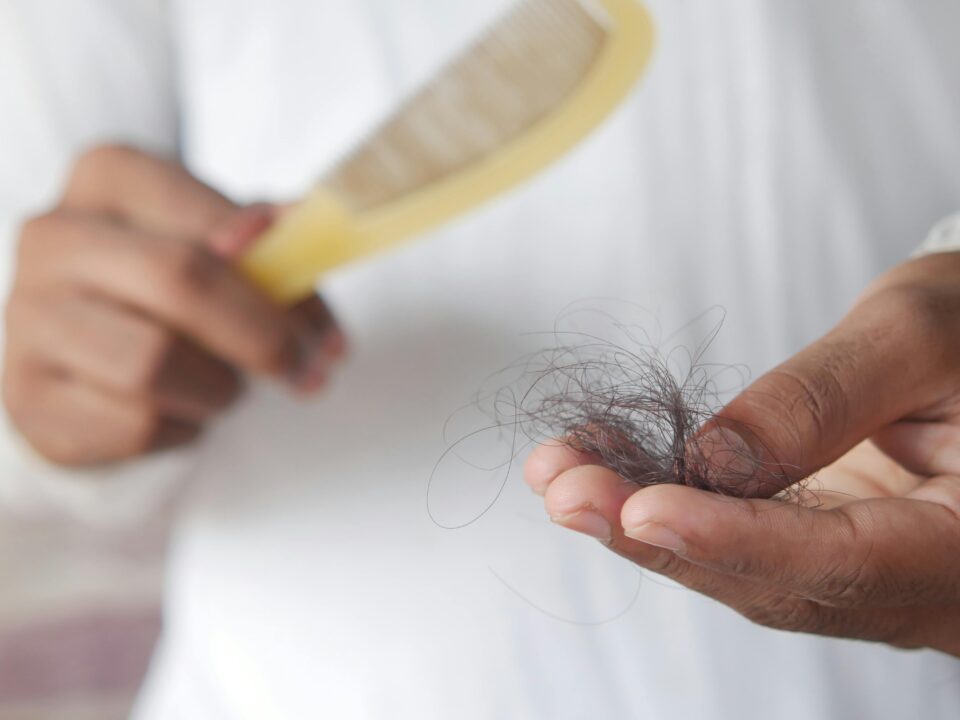Hair loss is one of the most common cosmetic concerns among men — and increasingly, women — worldwide. While natural remedies and supplements can help, FDA-approved medications like finasteride and minoxidil remain the most clinically proven options for slowing, stopping, and even reversing hair loss. Understanding how these treatments work can help you make an informed decision about which approach fits your needs best.
What Causes Hair Loss
Before discussing treatment, it’s important to understand why hair loss happens. The most common type, androgenetic alopecia (male or female pattern baldness), is primarily driven by genetics and hormones. In men, a hormone called DHT (dihydrotestosterone) attaches to hair follicles and causes them to shrink over time, leading to thinner, weaker strands and eventually baldness.
This is where finasteride comes in.
What Is Finasteride?
Finasteride (brand name Propecia) is an oral medication originally developed to treat prostate enlargement. It works by blocking the enzyme 5-alpha reductase, which converts testosterone into DHT. By lowering DHT levels in the scalp, finasteride helps prevent further follicle miniaturization and allows hair to regrow in areas affected by thinning.
Clinical studies have shown that finasteride can:
-
Reduce DHT levels by up to 70% in the scalp and bloodstream.
-
Stop hair loss in more than 80% of men who take it consistently.
-
Promote new hair growth within 3–6 months of regular use.
Because it targets the root hormonal cause of pattern baldness, finasteride is one of the most effective long-term treatments available today.
How to Take Finasteride
Finasteride is taken orally once per day, typically in a 1 mg tablet. It should be taken consistently to maintain results; stopping the medication allows DHT to build up again, potentially reversing progress within several months.
For best results:
-
Take finasteride at the same time every day.
-
Stay patient — noticeable regrowth often appears after 3–6 months.
-
Continue long-term use to maintain the benefits.
Possible Side Effects
While most users tolerate finasteride well, some may experience mild side effects such as:
-
Reduced libido or sexual performance changes
-
Decreased semen volume
-
Temporary shedding in the first few months of treatment
These side effects are rare and often reversible after discontinuation. Still, it’s important to speak with a healthcare provider before starting finasteride, especially if you have underlying hormonal or prostate conditions.
Other Hair Loss Medications
1. Minoxidil (Rogaine)
Minoxidil is a topical solution or foam applied directly to the scalp. It works by widening blood vessels and improving oxygen flow to hair follicles. Unlike finasteride, minoxidil doesn’t affect hormones, making it suitable for both men and women.
-
Encourages hair regrowth after 2–4 months.
-
Needs to be used consistently to maintain results.
-
Can be combined with finasteride for enhanced effectiveness.
2. Dutasteride
Dutasteride (Avodart) is a newer alternative to finasteride. It blocks both types of the 5-alpha reductase enzyme, reducing DHT even more aggressively. Some dermatologists prescribe it off-label for resistant hair loss cases, though it may have a higher risk of side effects.
3. Topical Finasteride
Recent advancements have introduced topical finasteride, which delivers the medication directly to the scalp while minimizing systemic absorption. Early studies show promising results with fewer side effects.
Combining Medications and Lifestyle Support
For many people, a combination therapy offers the best results. Using finasteride orally with minoxidil topically can stop further hair loss while encouraging new growth. Adding biotin supplements, balanced nutrition, and scalp massages can also improve overall hair health.
Final Thoughts
Finasteride remains one of the most effective medical options for fighting genetic hair loss. When used correctly, it can preserve existing hair, promote regrowth, and restore confidence. Whether you choose finasteride, minoxidil, or a combination approach, the key is consistency and patience. Consult a doctor to determine the right dosage and plan for your needs, and you’ll be taking the most scientifically backed step toward thicker, healthier hair.









